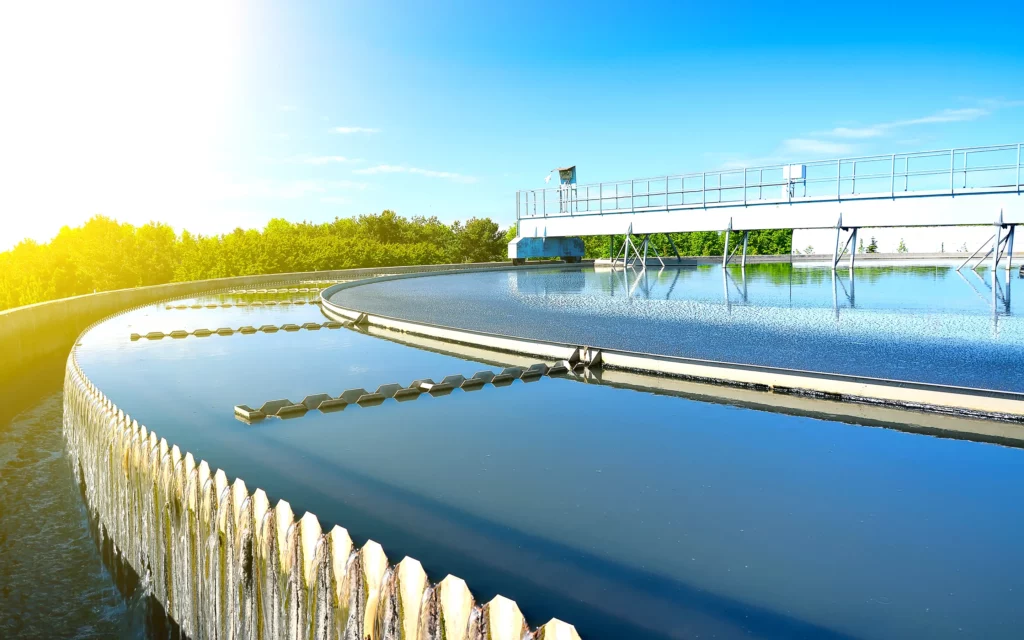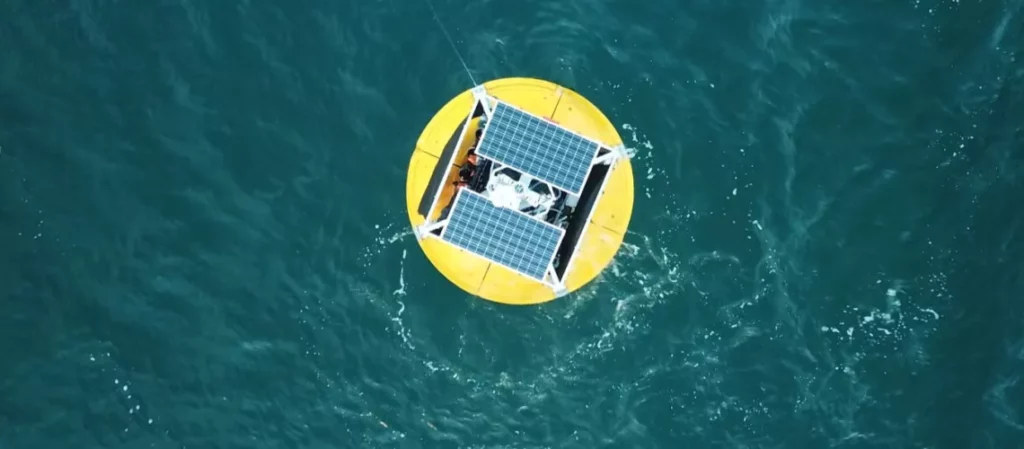Waste water testing technology has come a long way in recent years, driven by a growing awareness of environmental issues and the need for more accurate and efficient methods. These innovations are shaping the future of waste water testing, offering improved capabilities for monitoring and managing water quality. In this article, we will explore some of the cutting-edge technologies that are revolutionizing wastewater testing and their potential impact on environmental protection.

The Need for Advanced Waste Water Testing
As populations grow and industries expand, the volume of waste water generated also increases. Ensuring that this waste water is adequately treated and does not harm the environment is of paramount importance. Advanced waste water testing is essential for several reasons:
- Emerging Contaminants: New classes of contaminants, such as pharmaceuticals and personal care products, pose challenges for traditional testing methods. Advanced technology can detect and quantify these emerging contaminants.
- Real-time Monitoring: Timely information about water quality is crucial for rapid response to pollution events or treatment plant malfunctions. Real-time monitoring technology provides continuous data for immediate action.
- Regulatory Compliance: Stricter environmental regulations require more precise and comprehensive testing to ensure that industries comply with discharge limits.
- Resource Conservation: Advanced testing can identify opportunities for resource recovery, such as extracting valuable materials or generating energy from waste water.
Innovations in Waste Water Testing
Here are some key innovations that are shaping the future of waste water testing:
- Sensor Technology
- Real-time Sensors: These sensors continuously monitor parameters like pH, turbidity, dissolved oxygen, and specific contaminants. They provide immediate data and allow for rapid response to changes in water quality.
- Smart Networks: Sensor networks can be deployed throughout waste water treatment systems, creating a web of data sources for comprehensive monitoring.
- Microfluidics
Microfluidic devices use tiny channels and sensors to analyze small sample volumes with high precision. They are particularly useful for detecting low concentrations of contaminants.
- Nanotechnology
Nanoparticles and nanomaterials are being used to enhance the removal of contaminants during treatment processes. They can also be employed as sensors for detecting pollutants at the nanoscale.
- Artificial Intelligence (AI)
AI algorithms analyze vast datasets from sensors and other sources to identify patterns, anomalies, and trends in water quality. AI-driven models can predict water quality changes and optimize treatment processes.
- Biosensors
Biosensors use biological components, such as enzymes or microorganisms, to detect specific contaminants. They are highly selective and can be tailored to target particular pollutants.
- Remote Sensing
Satellite and drone-based remote sensing technologies are used to monitor water bodies from above. These tools provide valuable data on water quality in large, remote, or inaccessible areas.
- Blockchain Technology
Blockchain can enhance data integrity and transparency in waste water testing. It ensures that testing results are secure, unalterable, and easily accessible to stakeholders.

Environmental Impact
The innovations in waste water testing technology have the potential to significantly benefit the environment and public health:
- Early Pollution Detection: Real-time monitoring and AI-driven analysis can detect pollution events quickly, allowing for immediate response and reduced environmental damage.
- Resource Recovery: Advanced testing can identify valuable resources in waste water, promoting resource recovery and reducing waste.
- Improved Treatment Efficiency: Enhanced sensors and nanotechnology can improve treatment processes, leading to cleaner effluents and reduced environmental impact.
- Data-Driven Decision-Making: The wealth of data generated by these technologies enables informed decision-making in environmental management and policy.
Conclusion
The future of waste water testing is bright, with a wide range of innovative technologies enhancing our ability to protect the environment and public health. By harnessing the power of sensors, microfluidics, AI, nanotechnology, and other cutting-edge advancements, we can monitor water quality with unprecedented accuracy and efficiency. These innovations hold the promise of a cleaner and more sustainable future, where waste water is treated as a valuable resource rather than a mere byproduct.
As technology continues to advance, it is crucial that industries, governments, and researchers collaborate to harness these innovations for the greater good, ensuring the responsible management of waste water and the protection of our planet’s most precious resource: water.
Frequently Asked Questions
How do real-time sensors work in waste water testing?
Real-time sensors continuously measure specific parameters in waste water, such as pH or dissolved oxygen, and transmit this data in real-time to monitoring systems. This allows for immediate response to changes in water quality.
What are some examples of emerging contaminants in waste water?
Emerging contaminants include pharmaceuticals, personal care products (e.g., cosmetics, fragrances), pesticides, and synthetic chemicals not previously considered in waste water testing.
Can AI predict water quality changes?
Yes, AI algorithms can analyze historical data and real-time sensor readings to predict water quality changes. This predictive capability allows for proactive measures to maintain water quality.
How is blockchain technology used in waste water testing?
Blockchain technology is employed to secure and authenticate testing data, ensuring that results are tamper-proof and transparent. It provides a verifiable record of testing activities and results.
What are some challenges in implementing advanced waste water testing technologies?
Challenges include the high cost of some technologies, the need for specialized expertise in their operation, and the integration of data from diverse sources into a coherent monitoring system. Overcoming these challenges requires collaboration and investment in research and infrastructure.
Author Bio
Mr. Parthiv Kinariwala is a leading expert in calibration and testing services, with over 20 years of experience in the industry. As the founder of Prism Calibration, established in 2004, Mr. Kinariwala has been at the forefront of delivering precise and reliable calibration, testing, and validation solutions across various industries. His expertise in providing services that meet international calibration standards has earned the trust of major clients, including Reliance Industries, Zydus Cadila, Indian Oil, ONGC, Adani, and Tata.
With a deep understanding of instrumentation, measurement accuracy, and industrial testing, Mr. Kinariwala ensures that each client receives exceptional service tailored to their specific needs. His unwavering commitment to quality and precision has established Prism Calibration as a trusted partner for some of the largest and most respected organizations in the industry.







